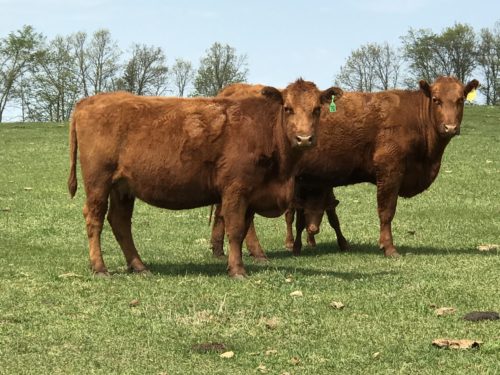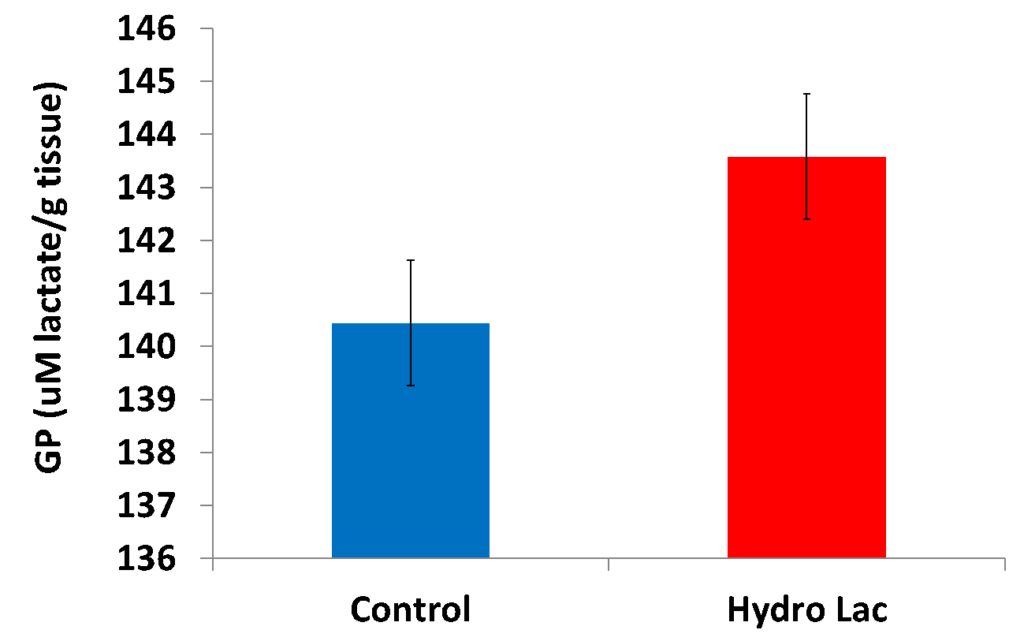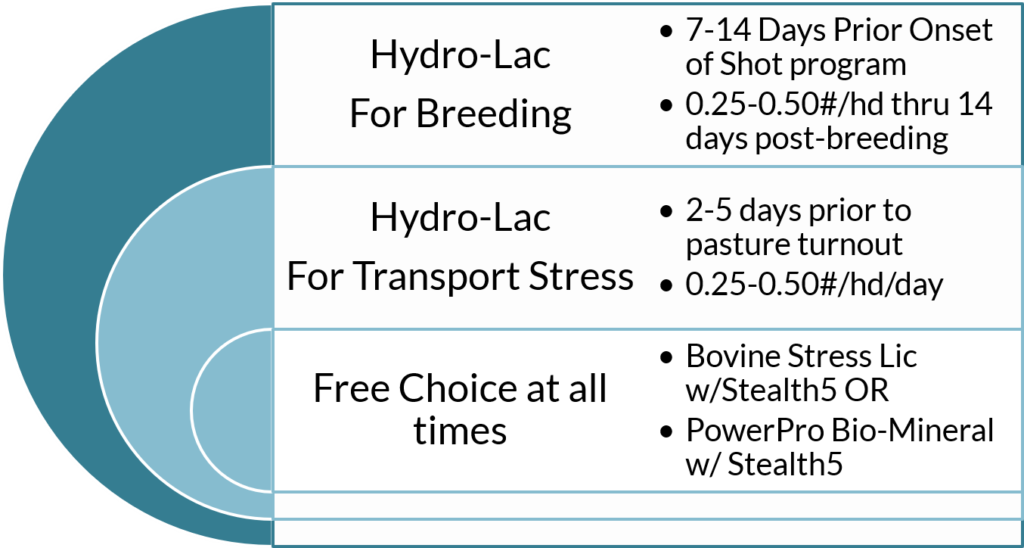Glucose Plays an Important Role in Beef Synchronization Programs
Posted: April 10, 2020 | Written By: Connie Beranek, Form-A-Feed

As you are getting ready for synchronizing your beef cows and yearling replacement heifers this year, your nutrition program should reflect your goals to improve fertilization rate and improve embryo survival rate.
Research studies have shown that glucose can help improve embryo development. Glucose is a major energy substrate for the developing conceptus in ruminants1. It improves fertilization rate, embryo survival rate, and reduces early embryonic death related to transport stress, body condition change and dietary shift.2 In cattle, advanced up-regulation of glucose transporters in the endometrium may contribute to increased embryonic development3, and glucose increases dramatically within the uterine lumen during pregnancy.4
Hydro-Lac® and Glucose
In a Hydro-Lac treatment study, Hydro-Lac fed to beef cattle determined an increase in glycolytic potential as shown below.

Producers have seen success in feeding Hydro-Lac to heifers for AI synchronization 7-14 days prior to onset of shot program and 14 days post-breeding. Use the chart below for reference and contact your Form-A-Feed representative for specific feeding recommendations for your operation.
Hydro-Lac works by providing essential nutrients, electrolytes and sugars necessary to enhance hydration and maintain body fluid balance during stressful situations. Field demonstrations have proven cattle fed Hydro-Lac prior to and during heat stress events are better able to regulate their body temperature. This includes the critical internal temperature that affects embryo survival5.
Hydro-Lac’s comprehensive, proprietary ingredients work together to safely transfer extra energy to cells fast, enabling the animal to better cope with stress. Hydro-Lac minimizes the risk of a negative energy balance, and returns the animal to positive energy balance faster for improved recovery and overall performance after a stress event.6,7 Beef cattle can focus more on what they are supposed to do during this critical time: reproduce!8
